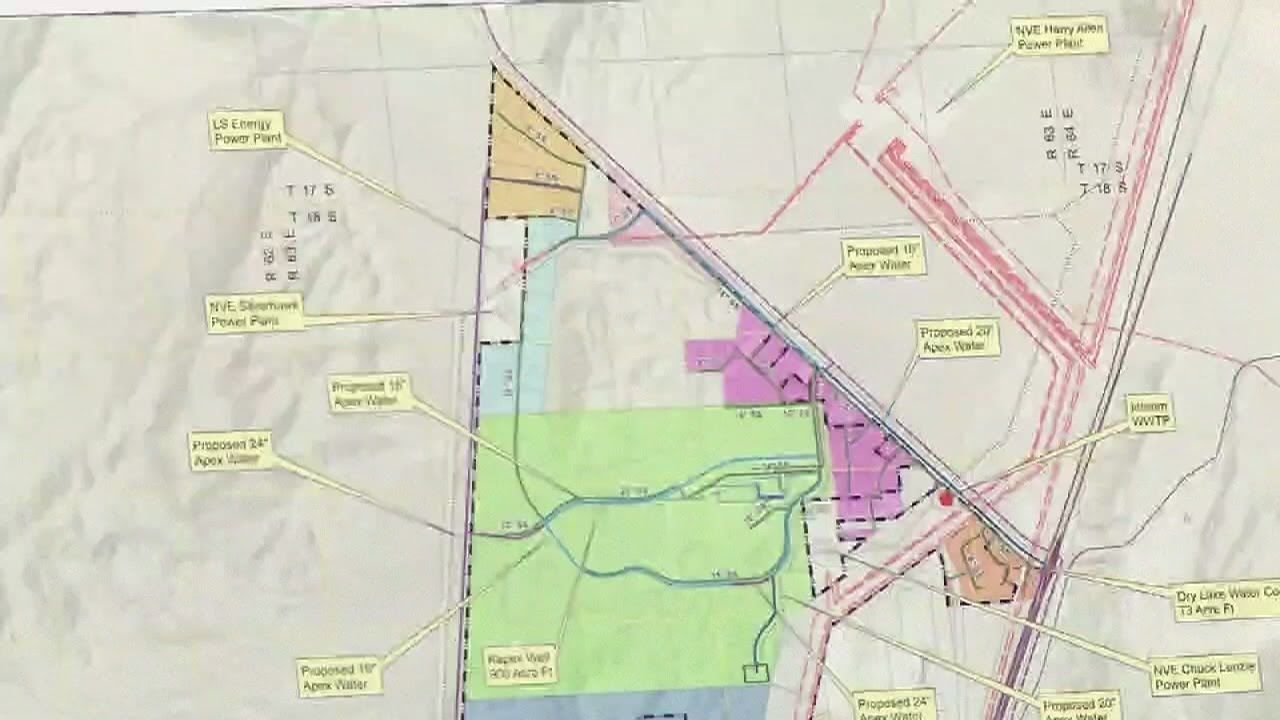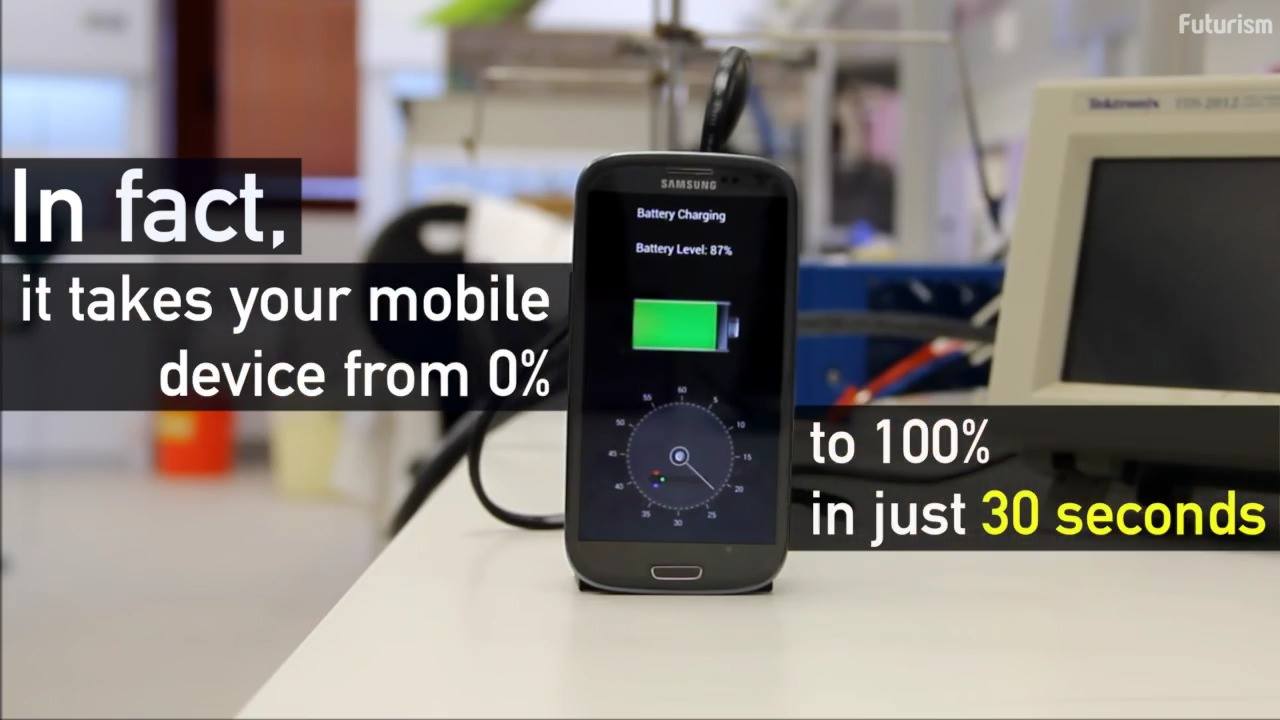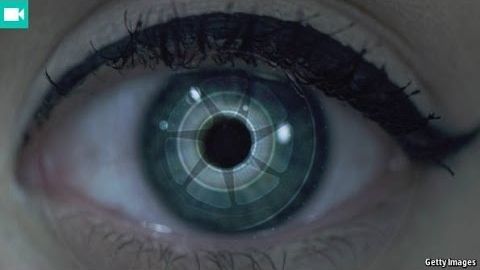Dec 15, 2015
Faraday Future To Build $1 Billion Factory Outside Of Las Vegas
Posted by Shailesh Prasad in category: futurism
Faraday Future has announced a $1 billion investment in North Las Vegas for a new factory, will employ 4,500 people.

Faraday Future has announced a $1 billion investment in North Las Vegas for a new factory, will employ 4,500 people.
On January 4, 2016, Faraday Future will unveil a concept car.
The future of mobility is closer than you think. Come back here to watch the live unveiling.

These batteries use bio-organic technology, and they can charge phones from flat to full in 30 seconds.
In 2010, a Canadian company called D-Wave announced that it had begun production of what it called the world’s first commercial quantum computer, which was based on theoretical work done at MIT. Quantum computers promise to solve some problems significantly faster than classical computers—and in at least one case, exponentially faster. In 2013, a consortium including Google and NASA bought one of D-Wave’s machines.
Over the years, critics have argued that it’s unclear whether the D-Wave machine is actually harnessing quantum phenomena to perform its calculations, and if it is, whether it offers any advantages over classical computers. But this week, a group of Google researchers released a paper claiming that in their experiments, a quantum algorithm running on their D-Wave machine was 100 million times faster than a comparable classical algorithm.
Scott Aaronson, an associate professor of electrical engineering and computer science at MIT, has been following the D-Wave story for years. MIT News asked him to help make sense of the Google researchers’ new paper.
““Our trust in complex systems stems mostly from understanding their predictability, whether it is nuclear reactors, lathe machines, or 18-wheelers; or of course, AI. If complex systems are not open to be used, extended, and learned about, they end up becoming yet another mysterious thing for us, ones that we end up praying to and mythifying. The more open we make AI, the better.””
This out from the journalist who was embedded with us on the #ImmortalityBus:
Transhumanist Zoltan Istvan gives IBTimes UK his top five predictions for the year 2025.
(credit: OpenAI)
Elon Musk and associates announced OpenAI, a non-profit AI research company, on Friday (Dec. 11), committing $1 billion toward their goal to “advance digital intelligence in the way that is most likely to benefit humanity as a whole, unconstrained by a need to generate financial return.”
The funding comes from a group of tech leaders including Musk, Reid Hoffman, Peter Thiel, and Amazon Web Services, but the venture expects to only spend “a tiny fraction of this in the next few years.”

https://www.youtube.com/watch?v=8wx3YxFYWtM
A futurist, a demographer and a museum curator spot trends that will affect the way people live and work.
LEAD, S.D. [Brown University] — The Large Underground Xenon (LUX) dark matter experiment, which operates nearly a mile underground at the Sanford Underground Research Facility (Sanford Lab) in the Black Hills of South Dakota, has already proven itself to be the most sensitive dark matter detector in the world. Now, a new set of calibration techniques employed by LUX scientists has again dramatically improved its sensitivity.
Researchers with LUX are looking for WIMPs, weakly interacting massive particles, which are among the leading candidates for dark matter. “It is vital that we continue to push the capabilities of our detector in the search for the elusive dark matter particles,” said Rick Gaitskell, professor of physics at Brown University and co-spokesperson for the LUX experiment. “We have improved the sensitivity of LUX by more than a factor of 20 for low-mass dark matter particles, significantly enhancing our ability to look for WIMPs.”
The new research is described in a paper submitted to Physical Review Letters and posted to ArXiv. The work re-examines data collected during LUX’s first three-month run in 2013, and helps to rule out the possibility of dark matter detections at low-mass ranges where other experiments had previously reported potential detections.
